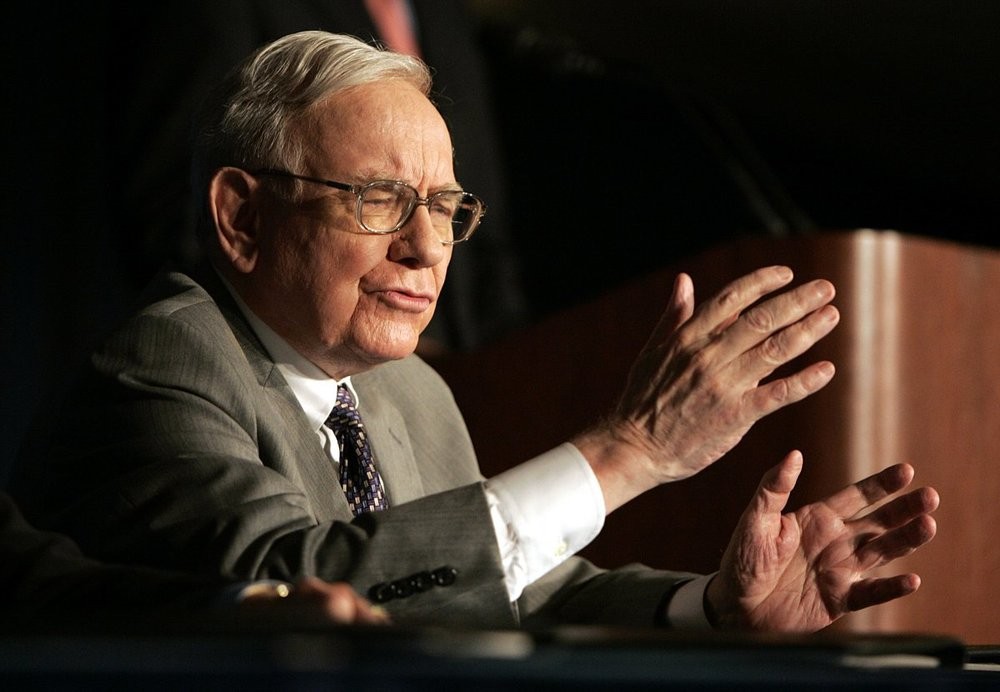Advice for Investors_1
Post on: 1 Апрель, 2015 No Comment

Emerging markets have taken it on the chin lately. But this doesn’t mean it’s time to jump ship. For value-oriented folks, these markets are still good places in which to invest, says Keith Richards, Barrie, Ont.-based portfolio manager of Value Trend/Wealth Management.
There are two ways to do so. The first is to buy an exchange-traded fund that covers broad emerging markets. Two such funds are the iShares MSCI Emerging Markets Index ETF (EEMNYSE) and the Vanguard FTSE Emerging Markets Index ETF (VEETSX).
But I’d discourage you from buying either one. After all, emerging markets aren’t cookie-cutter creations, given that they differ in fundamentals, as well as in price patterns for stock markets.
Moreover, among the better known emerging markets — Brazil, Russia, India and China — there are key differences in regulatory regimes, political systems and, of course, in political stability.
Then, too, buying an emerging market ETF or mutual fund isn’t like buying a specific sector, such as technology, Canadian banking, or consumer discretionary. Investors who buy into one of these sectors expect that most of the components will move roughly in tandem.
Consider, for example, the BMO S&P/TSX Equal Weight Banks Index ETF (ZEBTSX), which we hold in our Value Trend portfolios. An investor buying this fund might expect that apart from some rare exceptions, the companies tracked would move together.
By contrast, emerging markets are as different as you could possibly imagine in accounting practices, economic stability, as well as chart patterns. Taken together, this lack of cohesion within the underlying components has created choppy returns over the past four years.
Still skeptical? Compare the returns on the S&P 500 Index to those on the iShares fund I’ve already mentioned. Over the past half-decade, the latter has returned less than four per cent a year. By contrast, the S&P 500 has averaged just under 16 per cent to the end of November 2014.
Moreover, this pattern of low returns on such an emerging markets ETF will likely continue for some time. That’s because the economies of stronger countries in a broadly-based emerging markets fund have often been cancelled out by the poor returns of countries with subpar economies.
Yet, the poor showing of emerging markets funds shouldn’t dissuade you from buying the shares of good companies in the emerging markets themselves. Indeed, there are exciting growth stories whose economic and technical patterns show good potential for share appreciation.
Similarly, you might short those stock markets that look as if the odds are stacked against them.
Meanwhile, consider India which now looks bullish. A few months ago, for example, the iPath MSCI India Index ETN (INPNYSE) broke out from a base that had been in place since 2012. The fund, now around US$70, looks as if it will breach the $80-$84 level within a year or less. If so, it could test the old highs of $100-plus.
In the interim, cumulative money flow has been bullish since late 2013, implying that lots of cash is flowing into the Indian market. Indeed, when ranged against the S&P 500 Index, the Bombay Stock Exchange has performed strongly for most of this year. The exchange is also outperforming the U.S. broad market.
At Value Trend, we own the BMO India Equity Index ETF (ZIDTSX), which invests in various Indian companies through global depositary receipts. In doing so, the fund gives investors a measure of comfort, since GDR-based stocks must follow international accounting standards.
In addition to the Bombay exchange, I like the exchange in Shanghai — specifically, the charts of that exchange’s own index. Not only has the Shanghai market broken through a multi-year downtrend, but it shows all the signs of a very bullish chart.
In fact, after cracking a descending triangle in 2014, the Shanghai market sallied forth to break the larger downtrend that had been in place since 2009. I expect the Shanghai index itself to hit 3000 within a year or less, which would be a jump of at least 15 per cent from mid-December.
In the meantime, thanks to China’s decision to ease its monetary policy, the Shanghai market is starting to overtake the S&P 500.
To get good exposure to China, consider ETFs that focus specifically on that country, or buy GDRs or American depositary receipts. Here at Value Trend, we own the BMO China Equity Index ETF (ZCHTSX), which holds ADRs on Chinese companies.

We also own the ADR for China Mobile Ltd. (CHLNYSE), that country’s biggest telecom. China Mobile has emerged from what analysts call a long “base breakout”.
We love to buy companies making such big breakouts, as evidenced by our holdings of Texas Instruments Inc. (TSXNYSE) and Microsoft Corp. (MSFTNASDAQ). Typically, such breakouts can signal significant long-term gains.
China Mobile’s market cap is US$247 billion — a big selling point in an industry where having the capital to build new infrastructure is vitally important. Moreover, the footprint the company has already laid down provides a perfect springboard for further growth.
But if both China and India are now bullish, Russia is decidedly bearish. Indeed, I’ve recently spotted what could be a short trade on the Market Vectors Russia ETF (RSXNYSE).
This ETF has broken a six-year support level of around $23 a share. And just as a long consolidation breakout to the upside can be very bullish, breakdowns from long-term support levels can point to a big downtrend.
Recent political developments corroborate this ETF’s chart. Indeed, a new Cold War could be in the cards, given the recent breakdown of talks between European leaders and Russian president Vladimir Putin.
Short-selling, of course, involves a lot more risk than a long trade. So, act according to your trading objectives. Still, it’s unlikely you’ll now want to go long on Russian stock markets anyway, right?
Investor’s Digest of Canada, MPL Communications Inc.
133 Richmond St. W. Toronto, On, M5H 3M8, 1-800-804-8846














